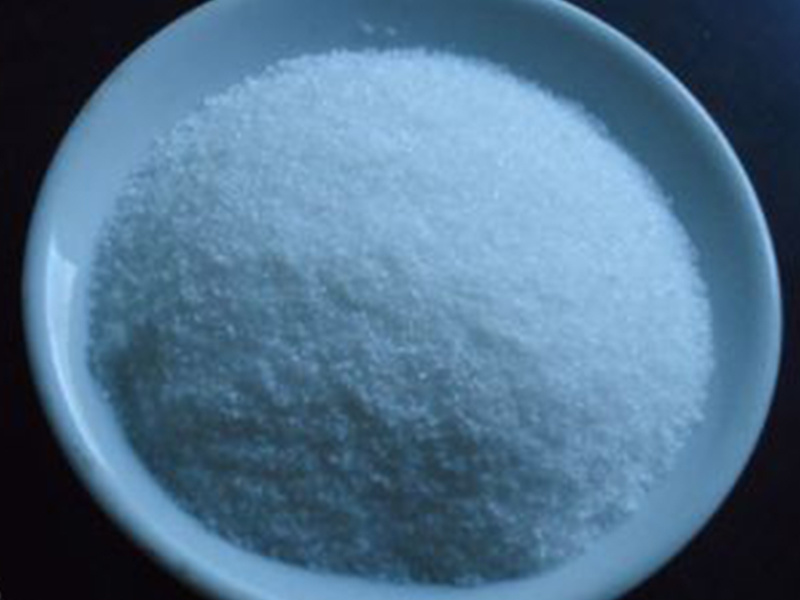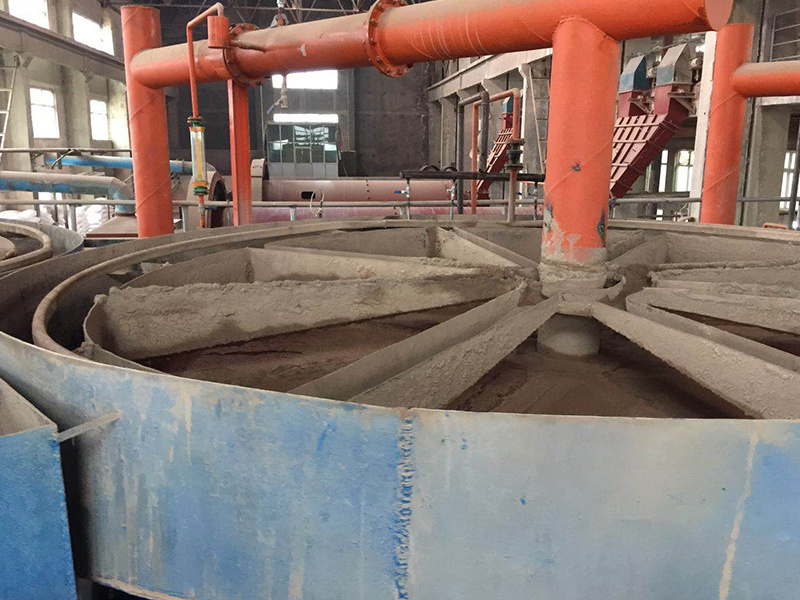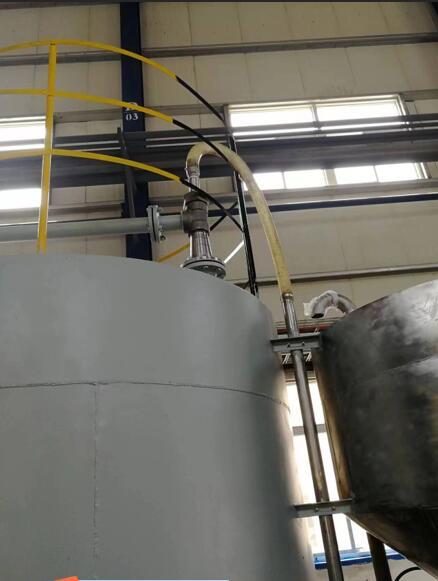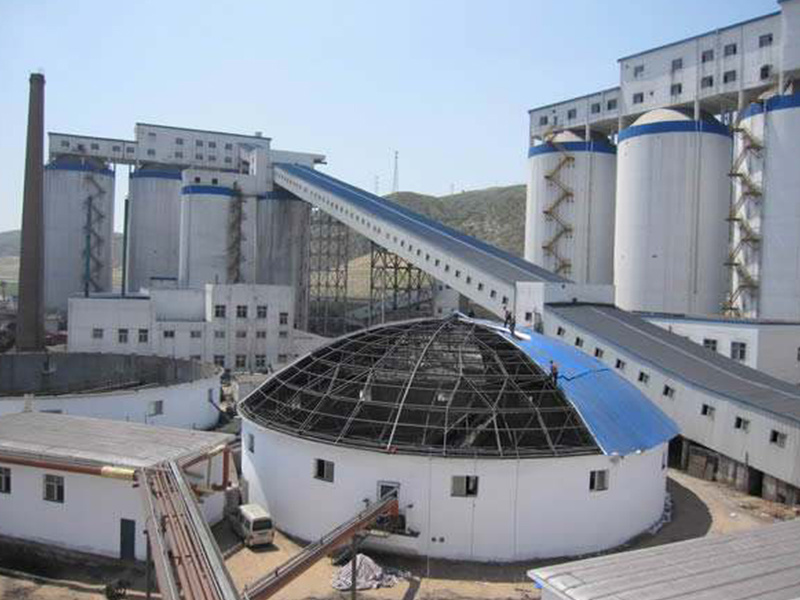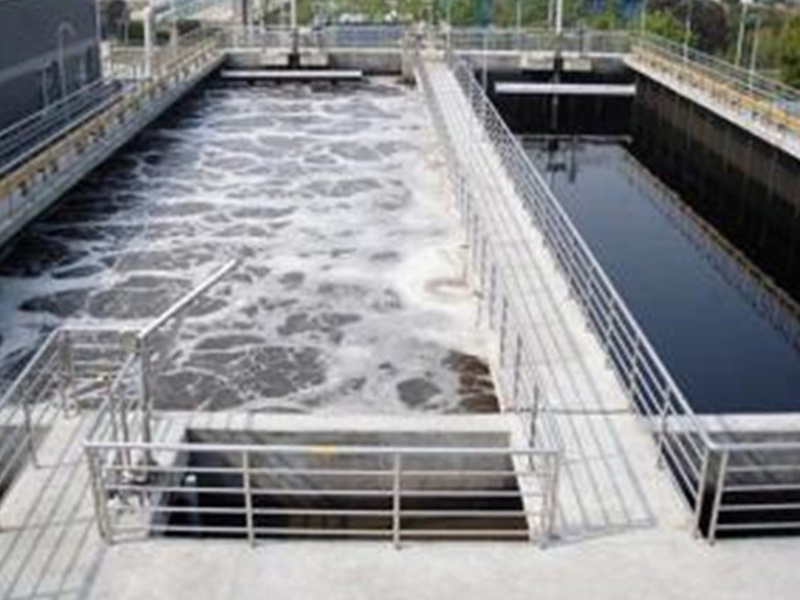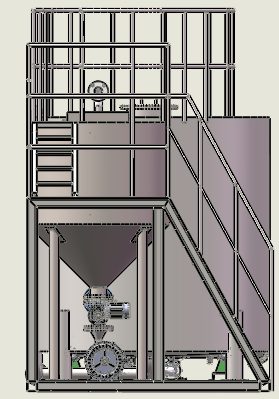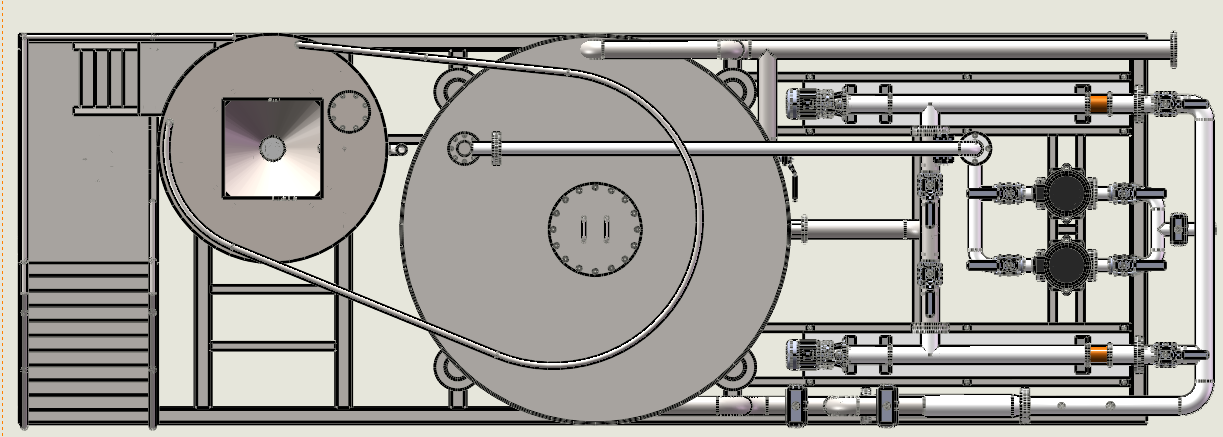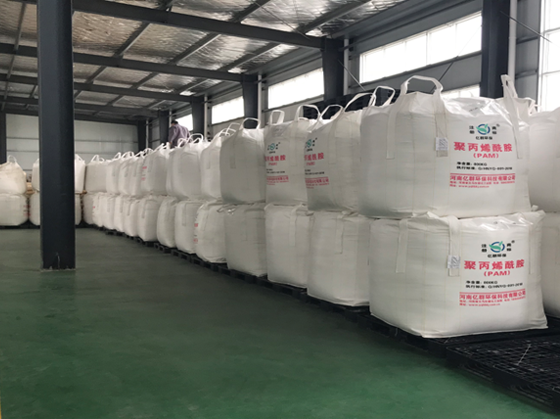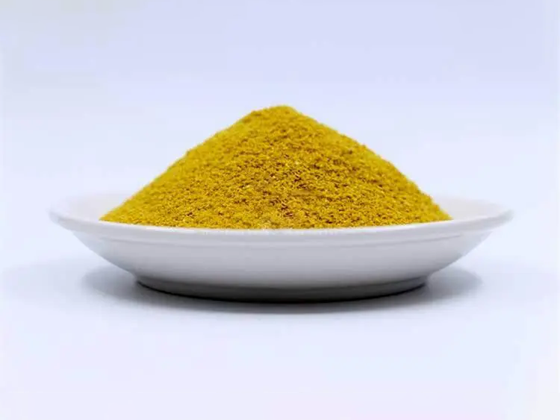
Blog
Selection of wastewater treatment agents: How to find the most suitable product for your needs
2025-04-17
The multiple uses of polyacrylamide flocculants, from metallurgy to papermaking
2025-03-28
Comparative analysis of polyacrylamide with other flocculants (such as PAC, aluminum sulfate)
2025-03-20
Application of polyacrylamide flocculants in industrial wastewater treatment
2025-03-10
Why are polyacrylamide flocculants the best choice for wastewater treatment?
2025-02-27
What is the effect of using polyacrylamide flocculant in combination with polyaluminium chloride?
2025-02-19
What factors limit the water solubility of cationic polyacrylamide?
2025-02-06
2025-01-17
How is cationic polyacrylamide (CPAM) defined?
2025-01-07
What is the mechanism of action of cationic polyacrylamide?
2024-12-30
2024-12-17
What are the functions of polyacrylamide in drilling fluids?
2024-12-06

